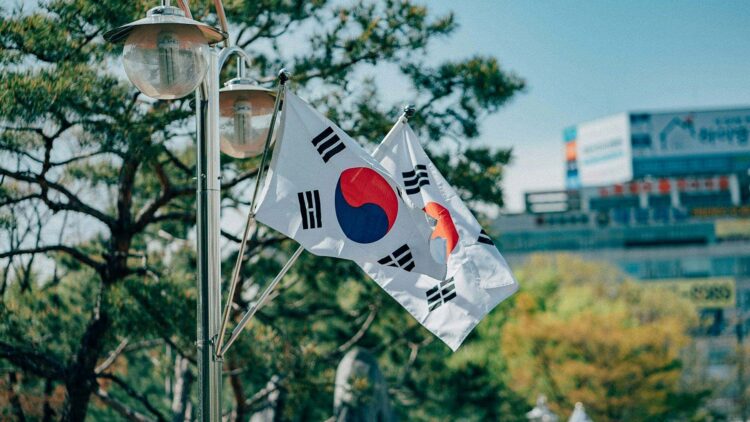Starting in Gyeongju, South Korea, this year’s APEC is the first hosted by South Korea. For President Lee Jae Myung, this is the first test of foreign defense diplomacy in his administration. South Korea is an APEC member starting this year. South Korea became an APEC member on 30 November 1989. Balancing relations with the two most powerful attendees – the United States and China – will be crucial.
President Lee has promoted “bridge diplomacy” and Korea as a peacemaker
In September at the 80th United Nations General Assembly, he emphasized that a new Republic of Korea has returned to the international community, which reflects a more robust stand on multilateralism, highlighting the diplomacy that prioritizes Korea’s national interests.
South Korea has to deal with both the U.S. and Chinese leaders at the same time. It has been the first time in 6 years that the leaders of the two nations have met in a face-to-face summit.
With the U.S. and China at a stand-off on trade and other important issues, the Gyeongju summit might serve as a peace talk, or further widen the gap between the three nations. Developments have created a fast-approaching deadline concerning these matters. In October, China restricted the export of rare earth elements, provoking a response from the United States.
Exports of rare earth elements are highly critical for high technology and the defense industry
In response, the Trump administration has threatened to impose a 100% tariff on Chinese goods on November 1, right when the summit started. While Trump implied he would cancel his meeting with Xi, there have been positive diplomatic moves from both sides, resulting in a positive outlook on a potential breakthrough.
For South Korea, the summit is not simply about fostering dialogue between the world’s superpowers. South Korea is also trying to facilitate the advancement of its own strategic interests. Seoul is trying to negotiate a reduction of the tariffs imposed by the United States on Korean goods from 25% to 15%. However, these negotiations have generally become stuck over the framework of $350 billion, which South Korea pledged to invest.
President Lee hopes to also use the summit to improve his relations with China
In his early diplomatic initiatives, he mainly concentrated on linking the U.S. and Japan. However, the APEC platform is likely to facilitate engagement with Beijing, especially on the topic of North Korea’s nuclear weapons.
South Korea plans to balance the reserves that the U.S. would like to spend. A revised proposal from the United States is now under review. He remarked that during the recent meeting, all the U.S.-led supply chains going toward the South where the China border is must be diplomatically handled, so that China is not provoked.
The summit’s business aspect is also noteworthy. Running parallel to the summit, the APEC CEO summit was attended by more than 1,700 business executives, including technologists such as NVIDIA CEO Jensen Huang and OpenAI CEO Sam Altman.
Korea’s attendance is also uncertain at the summit
Partnerships with South Korea’s core and strategic allies are likely to be disclosed during the summit. While there is a conditional statement that Kim Jong-un spoke regarding dialogue with Washington, the topic of denuclearization is nonexistent.
Lee’s wider goals on the Korean Peninsula of exchange, normalization, and peace may not have the traction he wishes for.
There is little doubt that while Lee manages the APEC Summit, the Korean diplomacy is very much in his hands. Success could strengthen South Korea’s position as a trusted mediator in a fractured world order. On the other hand, failure could reveal the weakness in its bridge diplomacy. South Korea’s new position in the world, in either case, will be put to the test in Gyeongju.


